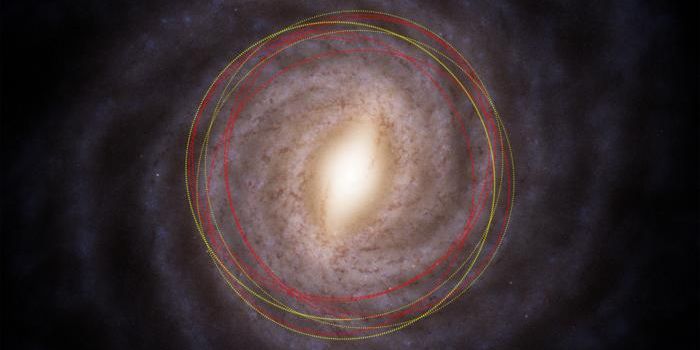NASA Launches its OSIRIS-REx Asteroid Intercept Mission
NASA has officially launched its Origins, Spectral Interpretation, Resource Identification, Security-Regolith Explorer (OSIRIS-REx) mission this week, and it’s on its way to go study an asteroid named Bennu.
"Tonight is a night for celebration. We are on our way to an asteroid," NASA Chief Scientist Ellen Stofan said. "Every day at NASA we're turning science fiction into science fact, and that's what we did tonight."
OSIRIS-REx launched from Cape Canaveral Air Force Station in Florida aboard a United Launch Alliance Atlas V rocket at 7:05 P.M. Eastern time. The launch reportedly went flawlessly, and unlike a recent SpaceX mishap, there were no unexpected explosions.
Our @OSIRISREx spacecraft is on its way, and everything is on the timeline. Keep watching: https://t.co/KX5g7zfYQe pic.twitter.com/89uZ54af0v
— NASA (@NASA) September 8, 2016
Bennu, the large asteroid that the probe is headed for, offers a potential threat for colliding with Earth between 2175 and 2199, and that’s why scientists are so interested in it. OSIRIS-REx will attempt to gather a sample from the asteroid and then try to bring it back to Earth for scientists to study.
It will take a while for OSIRIS-REx to get to Bennu. Scientists are anticipating the tango event that will occur sometime in August of 2018. Once there, it will probe the asteroid, taking photos and collecting information that will be wirelessly transmitted back to Earth.
Two years later, scheduled for July of 2020, OSIRIS-REx will extend its TAGSAM robotic arm to begin its most important mission, and that’s to disturb the surface enough to create airborne dust and debris that the probe can then snag a sample of.
It’s not completely clear how effective it will be, but NASA hopes to get anywhere from 2 ounces to 4.4 pounds of sample debris that the space agency can study.
Until then, however, it’s a long journey, and then it’s another journey back to Earth after the samples have been taken. OSIRIS-REx won’t return these samples to Earth until sometime in 2023.
With another milestone mission from NASA unfolding, it should be interesting to see what results we come up with.
You can watch the full launch of OSIRIS-REx in the YouTube video below:








